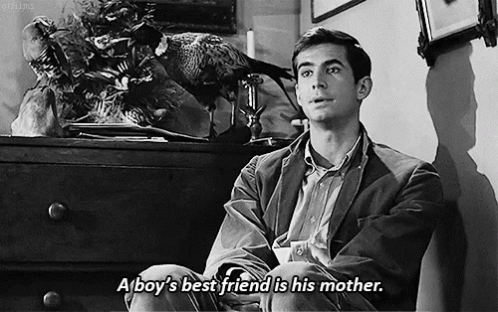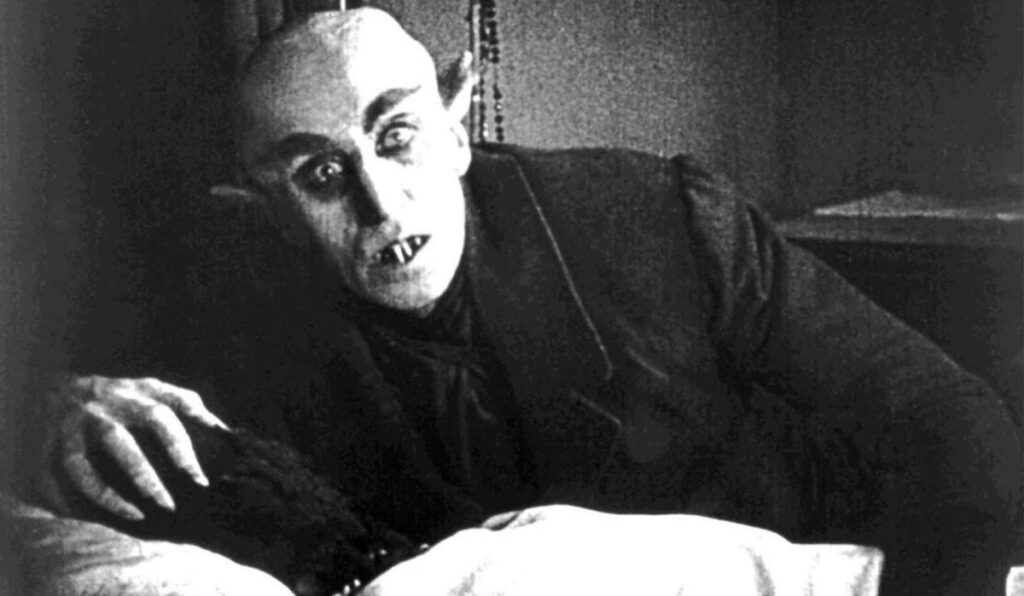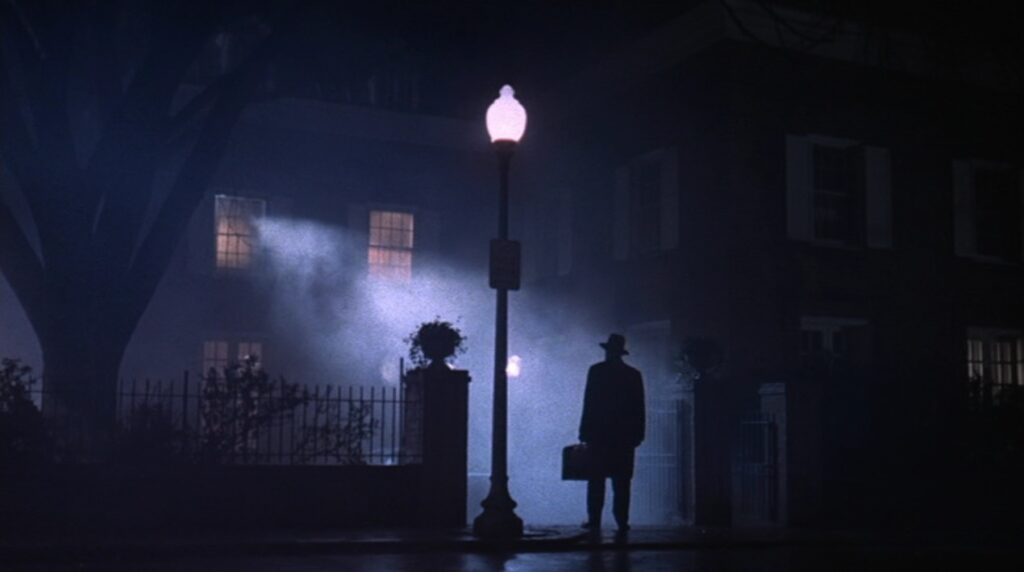
All film’s have to try to make a viewer believe in the realism of what is happening, but horror’s face a unique task of trying to make viewers be in fear of a bunch of moving pictures.
To build an atmosphere of tension and dread they have to utilize the whole range of tools, and the soundtrack takes a special place in that effort. From “Shining” to any B-tier horror movie, there is no mistaking a horror movie soundtrack with any other genre. But what makes great and effective dreadful soundtrack?

Secrets to Composing Horror
Daniel Blumstein, the researcher from UCLA, covered in his research that while exploring the behaviors of marmots when he noticed an extraordinary characteristic of these animals. They performed distress sounds in different alarm situations, so as many other creatures do. But Blumstein also found familiar sounds in horror movies. He started analyzing scary films soundtracks and discovered that they all include the collections of noise patterns reminding sounds performed by animals. It doesn’t necessarily have to be a loud noise but it has to be the disturbing one. Speaking to our inner, primal self, these sounds invoke our basic reactions. The most iconic example would be in Hitchcock’s “Psycho” with Bernard Hermann’s violins penetrating your ears and making blood freeze in your veins.

But not only high-pitched sounds strike us with scare. Some dissonance and minor cords may have a fear awaking effect. A tritone or “devil’s interval” hasn’t been used for centuries. These sounds remind of occultism and create the atmosphere of mystery around but mostly they were forbidden because they don’t follow the general rules of music composing.
Possibly the most effective technique in composing a horror soundtrack is to stop. Just as with music building up, having it tone down to complete silence can create unprecedented tension. And with sound design the movie can have short breaths and careful steps be the only sounds in complete silence, turning tension to nerve-wrecking. But remember that the modern audience are much more savvy than in the past and they expect sudden bursts of loud noise and jump scares.
Outstanding Horror Soundtracks
The beginning of the horror music era takes us back to 1920 and Murnau’s silent movie “Nosferatu”. Dark musical orchestra sounds by Hans Erdmann organically unite with dreadful scenes. Unfortunately, none copy of his records exists nowadays but the spirit of Nosferatu still creates trends in horror sounds making. Dracula, the Mummy, and Frankenstein have their personalized music lines representing their dark characters.

Another great example containing exceptional horror sounds is “Exorcist”. Mike Oldfield’s “Tubular Bells” add a real devilish rhythm to the movies and you hear this music even after the film is over. These sounds appear along with the “Exorcist” scenes in memories of fans all over the Globe.

John Carpenter’s soundtrack for “Halloween” shows us how a minimalism composition may add terror to those bloody scenes. It proves that not only screams may be essential for the movie. But a masterful combination of those two factors may have a scary impact on the audience. John Carpenter also created a gruesome atmosphere in his “Fog” with the help of perfect horror sounds.

Netflix’s “Stranger Things” give tribute to scary movies of the 80th and their outstanding sound masterpieces. The serial includes heart-beating themes which organically unite with a perfect visual picture and storyline.

Mica Levi’s composition for “Under the Skin” trigger fears no less than heart-beating melodies. It’s the example that shows that sometimes the entire atmosphere of pressure may be masterfully wrapped by music. It seems like you dive into those dreadful scenes and your brain doesn’t find the way out.
Let the Music Speak
If you want to make an outstanding and memorable horror movie soundtrack then, unfortunately, there is no universal formula. You will have to analyze the type of horror you’re working with, considering the kind of fear it strives to invoke and work to complement it. But don’t think that there’s no point in following the examples of iconic soundtracks. While not following their exact techniques try to learn from their spirit and intent.








